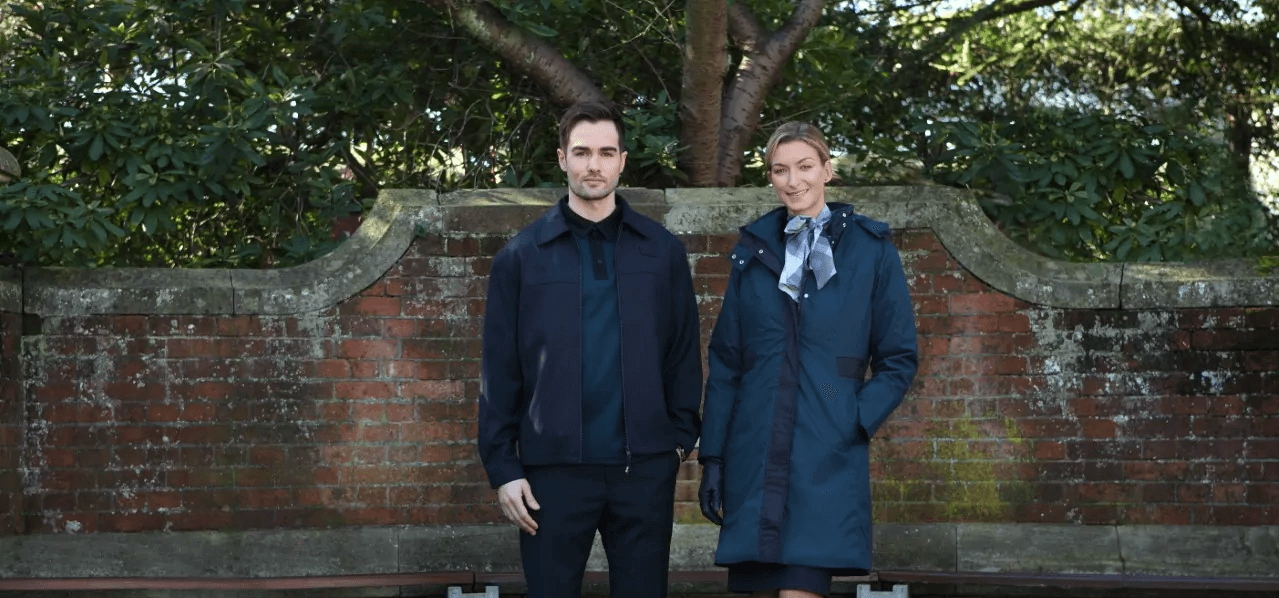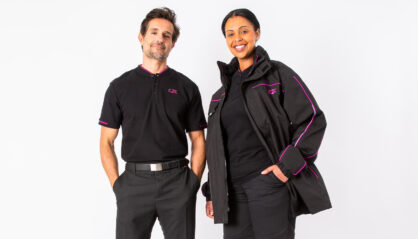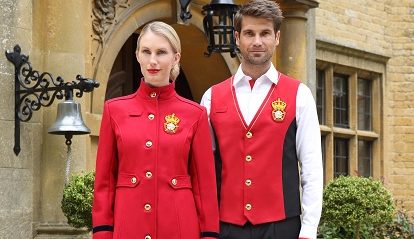How Uniforms Reflect Gender Equality in the Workplace

The workplace is constantly evolving. Once, we felt that there were specific jobs fit for men, and entirely different roles for women. Thankfully, society has come to work towards disregarding these outdated gender stereotypes and the workplace is seeing a surge towards equality and equal opportunities, with more women entering STEM-related careers than ever before. However, 20 per cent of workers in a survey found that employees believe there is a gender divide in work uniforms.
Here, we’ll look at how uniforms have evolved to cater to this societal shift.
Women in the Workplace
Industries dominated by men have long demanded women to look and dress a certain way — a man in uniform signalled authority, whereas a woman in uniform was designed as frivolous and unpractical. Although it’s safe to say that women’s workwear has certainly evolved to some degree since then, there is still room for total equality.
In the 1900s, when women were permitted to work in the UK, they had little control over what clothes they could wear. During the First World War, when women were working in artillery factories, they pushed back against homogenised appearances and introduced some individuality in their uniforms by wearing brightly coloured bandanas or lacing their shoes with colourful ribbons.
Following WWI, women’s fashion in general had relaxed quite significantly, with dropped waistlines and rising hemlines, however this wasn’t the same for uniforms. At this time, it was viewed important to maintain a divide between genders and keep women looking feminine.
Flying High Standards
Fast forward to 2019, and shockingly, sexist work uniforms still exist. The airline industry has been criticised for perpetuating a ‘trolley-dolly’ culture in almost dangerous dress codes. A report by GMB Union revealed that female workers were obliged to wear visible makeup, nail varnish, high heels, and have no noticeable body hair. Employees were only permitted to wear flat shoes if they had a doctor’s note, despite walking several miles a day in hectic airports — these requirements didn’t apply for male workers. Having different dress requirements for men and women is common and can reflect a smart appearance, however specific demands from one sex and not the other is offensive and demeaning.
In September 2019, Etihad Airways dropped their outdated dress policy for female workers and included trousers as part of the female workwear, following Virgin Atlantic’s lead in ditching skirts and the requirement for women to wear makeup. A long time coming, this is a positive step towards achieving gender equality in the workplace.
The Importance of Uniforms
The corporate uniform was initially created as a kind of badge, unifying workers as one force, enforcing a sense of unity with the brand and team. It’s certainly important for both genders to feel comfortable in their work clothes, given how long people will spend wearing them.
In some industries however, where uniforms are designed to for health and safety, have been shown to reflect gender equality. With more women working in construction than ever before, workwear and equipment is being adapted with women’s comfort and safety in mind opposed to vanity and femininity. Making sizes smaller, this reduces the risk of women wearing men’s sized workwear and it getting caught or being a general safety hazard — making this modification in the first place reflects a shift towards gender equality in the workplace.
Although there are still steps to be made with gender equality in uniform, a positive shift is evident. With more women working in male-dominated industries, things will certainly begin to change.
If you want to find out more about bespoke uniforms, contact JSD today.





